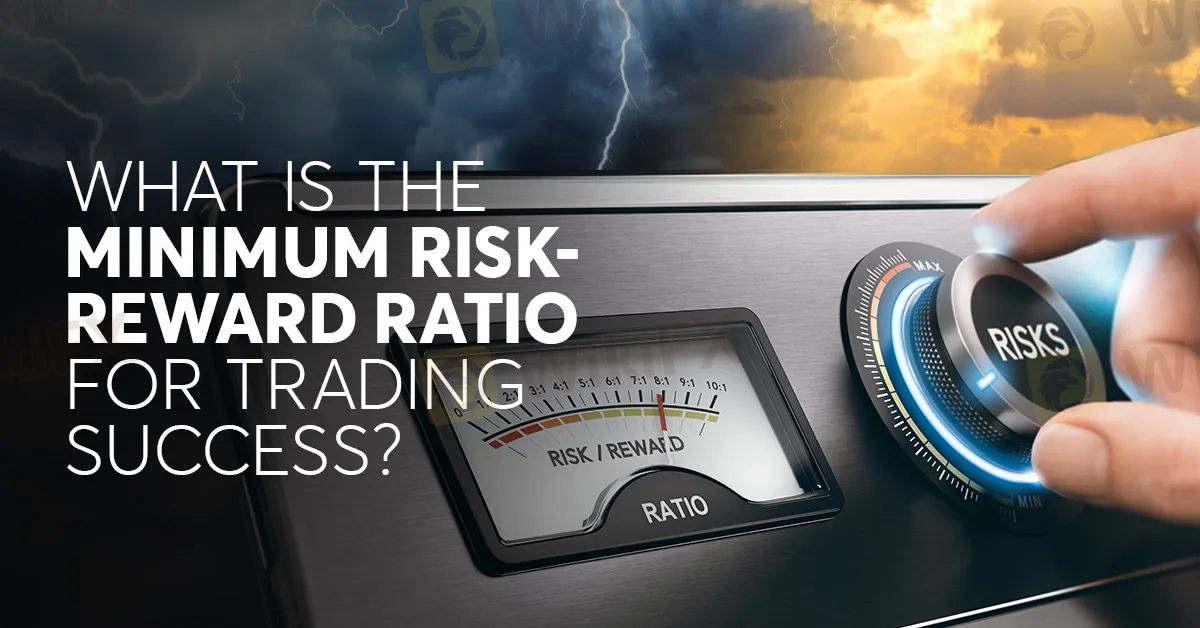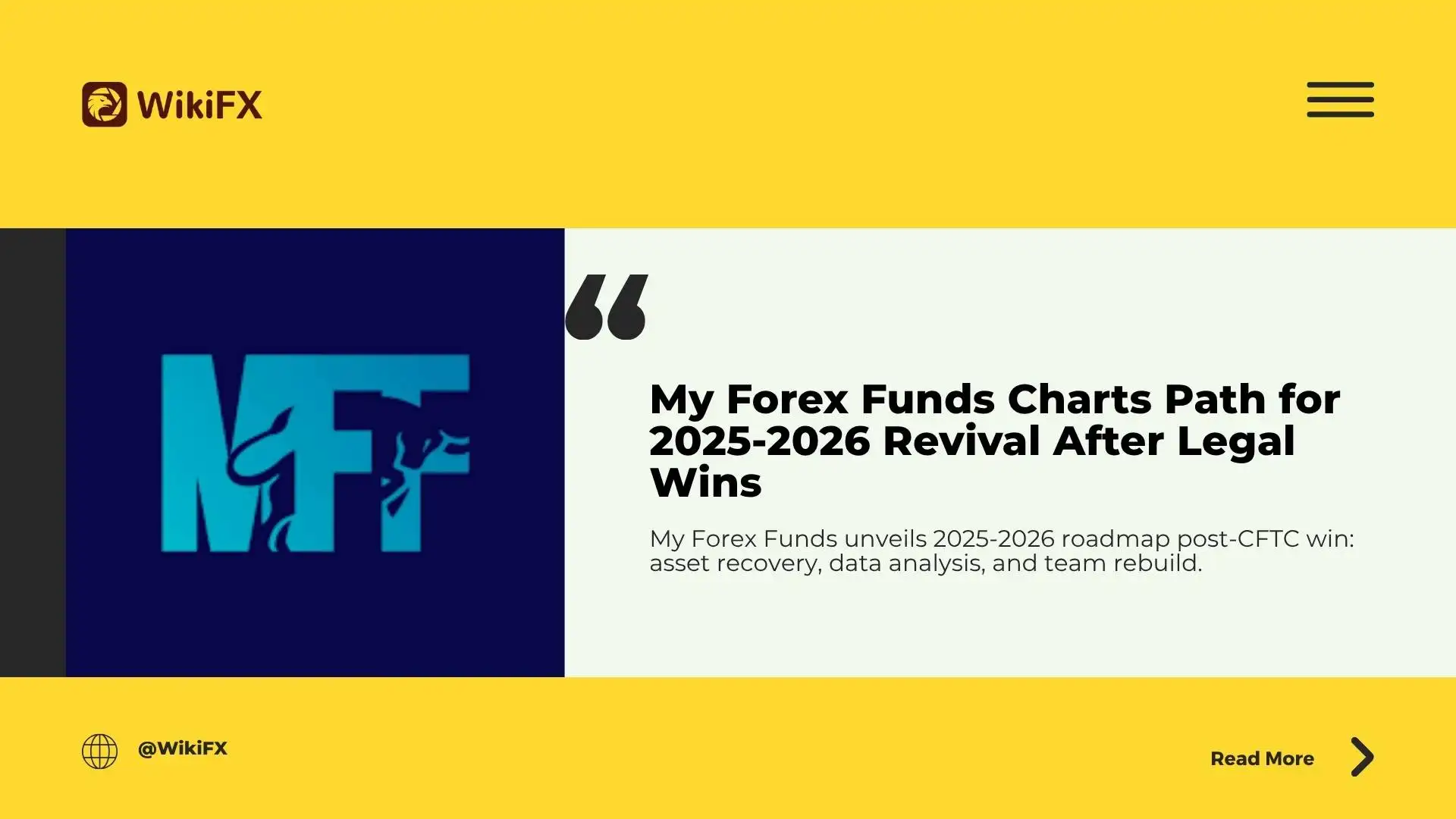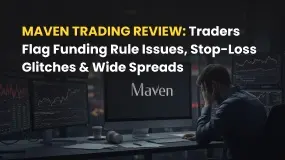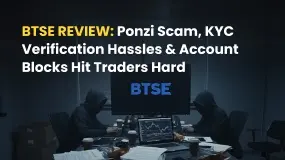简体中文
繁體中文
English
Pусский
日本語
ภาษาไทย
Tiếng Việt
Bahasa Indonesia
Español
हिन्दी
Filippiiniläinen
Français
Deutsch
Português
Türkçe
한국어
العربية
What is The Minimum Risk-Reward Ratio for Trading Success?
Abstract:What exactly is the minimum risk-reward ratio that traders should aim for to achieve success?

In the world of forex trading, success is often measured by the ability to navigate the intricate balance between risk and reward. Understanding and implementing an effective risk-reward ratio can be the cornerstone of a trader's strategy, determining the difference between profitability and losses. But what exactly is the minimum risk-reward ratio that traders should aim for to achieve success?
The risk-reward ratio is a fundamental principle that quantifies the potential profit against the potential loss in a trade. It represents the relationship between the amount a trader is willing to risk (stop-loss) compared to the potential reward (take-profit). A risk-reward ratio of 1:2, for example, means risking one unit to potentially gain two units.
While there isn't a one-size-fits-all minimum risk-reward ratio that guarantees success, a commonly recommended ratio is 1:2 or higher. Here's why:
Successful trading isn't just about making profits; it's about managing risk effectively. A favourable risk-reward ratio helps traders to mitigate losses and preserve capital. By setting a ratio where the potential reward is at least twice the risk, traders can maintain profitability even if they're right only half the time.
Consistency is key in trading. A sound risk-reward ratio provides a framework for consistent decision-making. It encourages disciplined trading, allowing traders to stick to their strategy without being swayed by emotions or impulsive actions.

Market conditions are dynamic, and volatility is inherent in the forex market. A risk-reward ratio of 1:2 or higher allows traders to adapt to varying market conditions. In highly volatile markets, a wider ratio might be more suitable to accommodate larger price swings.
While a 1:2 risk-reward ratio is often recommended, traders should consider their individual trading styles, risk tolerance, and the specific market they're trading in. Some traders might opt for a higher ratio, like 1:3 or 1:4, depending on their risk appetite and the prevailing market conditions.
Besides the risk-reward ratio, implementing effective risk management practices is crucial. This includes setting stop-loss orders, diversifying your portfolio, avoiding over-leveraging, and continuously monitoring and adjusting your strategy.
While aiming for a minimum risk-reward ratio of 1:2 is a prudent guideline, successful trading encompasses a multitude of factors beyond this ratio alone. It's essential to remember that trading involves inherent risks, and no ratio can guarantee success. Traders must combine their risk-reward ratio with a comprehensive strategy, market analysis, and disciplined execution to achieve success in the forex market.
Ultimately, each trader should find a risk-reward ratio that aligns with their trading goals, risk tolerance, and market conditions, acknowledging that adaptability and continuous learning are key to navigating the ever-evolving landscape of forex trading.

Disclaimer:
The views in this article only represent the author's personal views, and do not constitute investment advice on this platform. This platform does not guarantee the accuracy, completeness and timeliness of the information in the article, and will not be liable for any loss caused by the use of or reliance on the information in the article.
Read more

My Forex Funds Charts Path for 2025-2026 Revival After Legal Wins
My Forex Funds unveils 2025-2026 roadmap post-CFTC win: asset recovery, data analysis, and team rebuild.

Maven Trading Review: Traders Flag Funding Rule Issues, Stop-Loss Glitches & Wide Spreads
Are you facing funding issues with Maven Trading, a UK-based prop trading firm? Do you find Mavin trading rules concerning stop-loss and other aspects strange and loss-making? Does the funding program access come with higher spreads? Does the trading data offered on the Maven Trading login differ from what’s available on the popular TradingView platform? These are some specific issues concerning traders at Maven Trading. Upset by these untoward financial incidents, some traders shared complaints while sharing the Maven Trading Review. We have shared some of their complaints in this article. Take a look.

BTSE Review: Ponzi Scam, KYC Verification Hassles & Account Blocks Hit Traders Hard
Have you lost your capital with BTSE’s Ponzi scam? Did the forex broker onboard you by promising no KYC verification on both deposits and withdrawals, only to be proven wrong in real time? Have you been facing account blocks by the Virgin Islands-based forex broker? These complaints have become usual with traders at BTSE Exchange. In this BTSE review article, we have shared some of these complaints for you to look at. Read on!

Amillex Global Secures ASIC Licence for Expansion
Amillex Global gains ASIC AFSL licence, boosting FX and CFDs credibility. Expansion targets Asia, Australia, and institutional trading growth.
WikiFX Broker
Latest News
Forex Expert Recruitment Event – Sharing Insights, Building Rewards
Admirals Cancels UAE License as Part of Global Restructuring
Moomoo Singapore Opens Investor Boutiques to Strengthen Community
OmegaPro Review: Traders Flood Comment Sections with Withdrawal Denials & Scam Complaints
An Unbiased Review of INZO Broker for Indian Traders: What You Must Know
BotBro’s “30% Return” Scheme Raises New Red Flags Amid Ongoing Fraud Allegations
The 5%ers Review: Is it a Scam or Legit? Find Out from These Trader Comments
WikiEXPO Dubai 2025 Concludes Successfully — Shaping a Transparent, Innovative Future
2 Malaysians Arrested in $1 Million Gold Scam Impersonating Singapore Officials
Is FXPesa Regulated? Real User Reviews & Regulation Check
Currency Calculator



